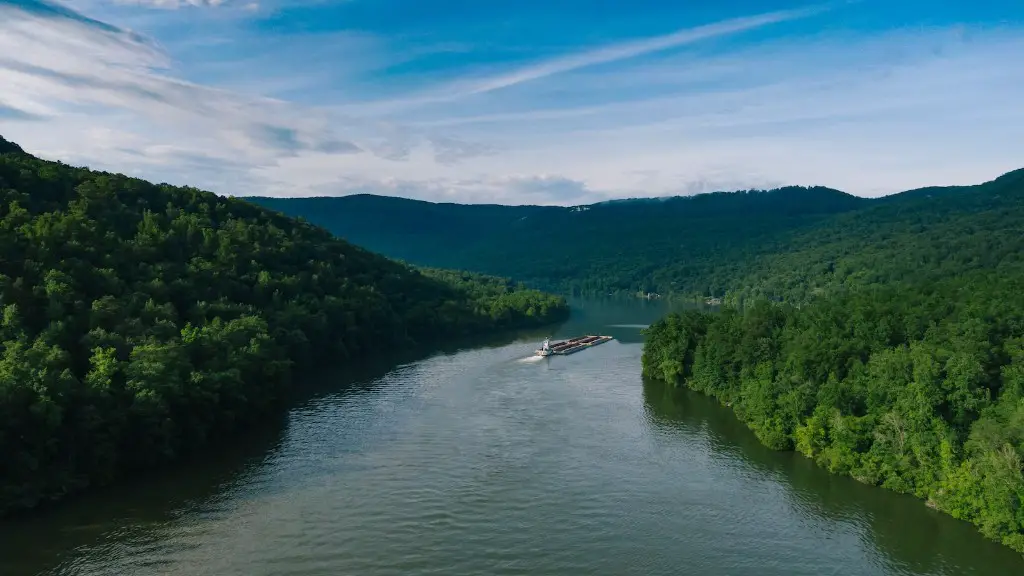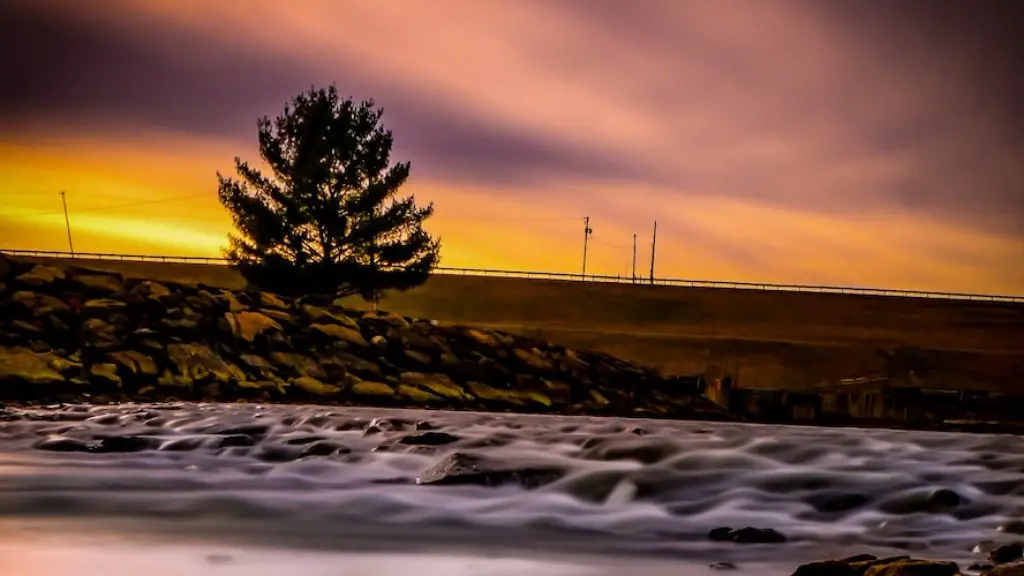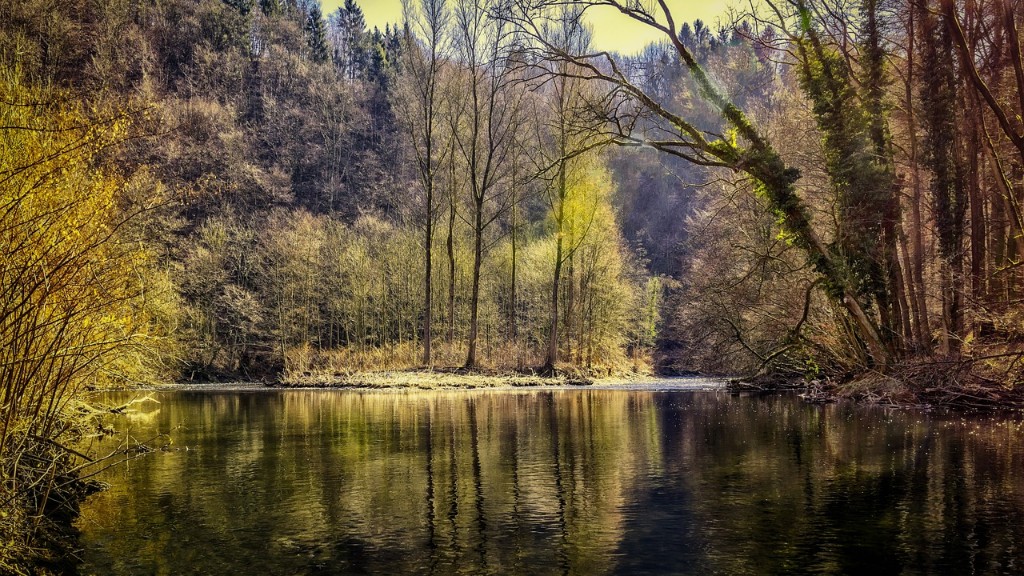Geographical Extent
The Mississippi River is the second longest river in the United States, flowing from its source in northern Minnesota to its delta in the Gulf of Mexico. Along this journey, the river passes through 10 states, from Minnesota to Louisiana, forming the borders of Mississippi and Arkansas.
The states that the Mississippi River flows through are Minnesota, Wisconsin, Iowa, Illinois, Missouri, Kentucky, Tennessee, Arkansas, Mississippi and Louisiana. Five of them (Minnesota, Wisconsin, Iowa, Illinois, and Missouri) make up the most of the Upper Mississippi River and five (Kentucky, Tennessee, Arkansas, Mississippi, and Louisiana) make up the Lower Mississippi River.
These states have also been directly impacted by the river since they rely on the river for recreational activities, transportation, drinking water, energy and agriculture. The presence of the Mississippi River in each of these states has provided enormous economic opportunities for the people living in these states.
Environmental Impact
The Mississippi River also has a major impact on the environment. It is estimated that over 28 million tons of pollutants are discharged into the Mississippi River every year, largely as a result of agricultural and industrial activity.
In addition, increased sedimentation due to activities such as dredging, levee construction and deforestation has made the river more vulnerable to flooding and has reduced its capacity to store water. This has led to increased flooding in the states along the river. Moreover, the pollution in the river has directly impacted the animals and plants living in the river and its surrounding areas.
The states along the Mississippi River have taken measures to reduce its levels of pollution by introducing regulations on the use of agricultural chemicals, improving waste water treatment facilities and protecting wetlands.
Recreational Activities
Despite the environmental issues, the Mississippi River is also a major center for recreational activities. The Mississippi River Trail is a network of bike trails spanning nearly 3,000 miles along the river from Minnesota to Louisiana. It is one of the longestmultistate trails in the United States.
The trail attracts thousands of cyclists, runners, hikers and walkers all year round. In addition, the Mississippi River is also a major fishing destination and attracts anglers from all over the country. The river is home to many species of fish, such as carp, catfish, bluegill and bass.
The states along the Mississippi River are also home to a variety of parks and natural areas, making them popular destinations for camping and outdoor activities. These parks are a great way to experience the beauty of the Mississippi River and the surrounding area.
Economic Significance
The Mississippi River is a major economic driver for the states along the river. The river has long been used for transportation, with barges transporting goods from the northern states to the Gulf of Mexico. These barges are still used today for the transport of oil, coal and grain.
In addition to transportation, the states along the Mississippi River are also home to many industries and businesses that rely on the river for their livelihoods. The river provides an abundance of resources for agriculture, fishing and energy production, making it one of the most important economic corridors in the United States.
The presence of the Mississippi River in the states along its course has also had a positive effect on their economies, creating jobs and providing a boost to their tourism industries. The states along the river are also some of the most visited in the United States.
Political Significance
The Mississippi River has had a major impact on the politics of the states it passes through. The states along the river have formed alliances to protect their interests and maintain the health of the river. The Mississippi River Commission was established in 1879 to oversee projects along the river, such as dredging, levee construction and flood control.
The commission has also been responsible for negotiating the water rights of the states along the river and providing economic and environmental assistance to those states. The presence of the Mississippi River has given these states a political voice in the national conversation.
Impact on Local Culture
The presence of the Mississippi River in the states along its course has had a major impact on their culture and traditions. These states have been influenced by the river for centuries and this influence can still be seen in their music, art and cuisine.
The Mississippi River is also the source of many local legends and myths, such as the tale of the Mississippi Mermaid or the story of the River King. These tales have been passed down through generations and are still popular today. The stories of the river are a major part of the cultural heritage of these states.
The presence of the Mississippi River has also had an impact on the language of the states along the river. The river has been the source of many words and phrases that are still used today, such as ‘muddy water’ or ‘slow boat to China’.
Conclusion
The Mississippi River is a major presence in the states it passes through, from Minnesota to Louisiana. The river has had a major impact on the environment, economy and culture of these states, providing them with opportunities for recreation and economic development. The states along the Mississippi River are also home to a variety of parks and natural areas, making them popular destination for outdoor activities. The presence of the Mississippi River has also had a major impact on local culture, with tales of the river being passed down through generations and the influence of the river being seen in the local music, art and cuisine.




